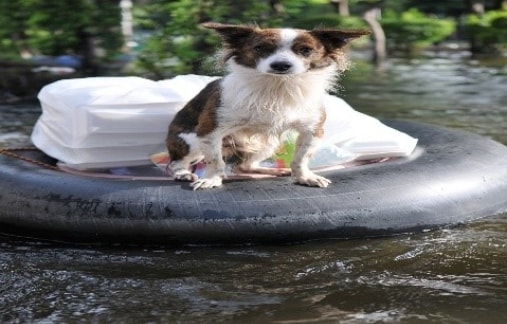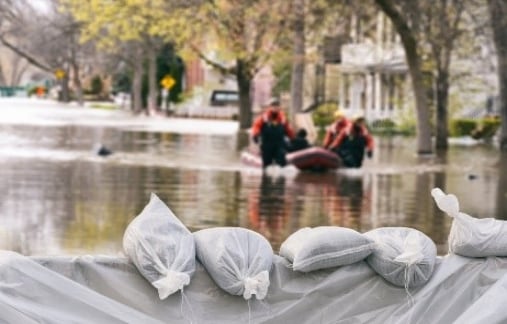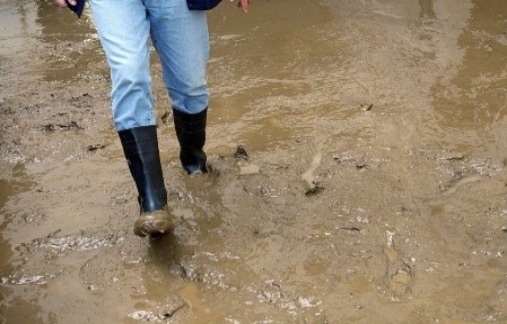Interim Guidance on Health and Safety Hazards When Working with Displaced Domestic Animals



The National Institute for Occupational Safety and Health (NIOSH) provides the following interim guidelines for preventing injury and illness among workers performing animal rescue and recovery efforts in the response to hurricanes. This guidance was originally developed in 2005 for hurricanes Katrina and Rita; however, it is updated when additional information becomes available. Currently, it is based on the best available information as of February 2018.
Only workers who have received proper training in animal restraint, handling, and care should work directly with displaced animals. Employers, response leaders, and volunteer coordinators should ensure that only trained, properly equipped workers are assigned to tasks involving direct animal handling and care.
Evacuations due to natural disasters and other emergencies may result in a large number of displaced domestic animals. Animals may be abandoned in residences, facilities, or outdoors. Many disaster shelters cannot accept pets because of state health and safety regulations. Displaced animals may be without food, water, supervision, and medical care for days or even weeks. Fear, panic, separation anxiety, and other behavioral disorders are common in displaced animals. They may exhibit unpredictable or aggressive behavior.
Displaced domestic animals can present a number of occupational safety and health hazards to emergency response and animal rescue workers. Workers at greatest risk include emergency responders (firefighters, police, and military personnel) and animal rescue workers including animal handlers, animal shelter workers, veterinarians, and veterinary technicians and assistants. However, all workers involved in the evacuation process and early clean-up and remediation efforts are at risk.
